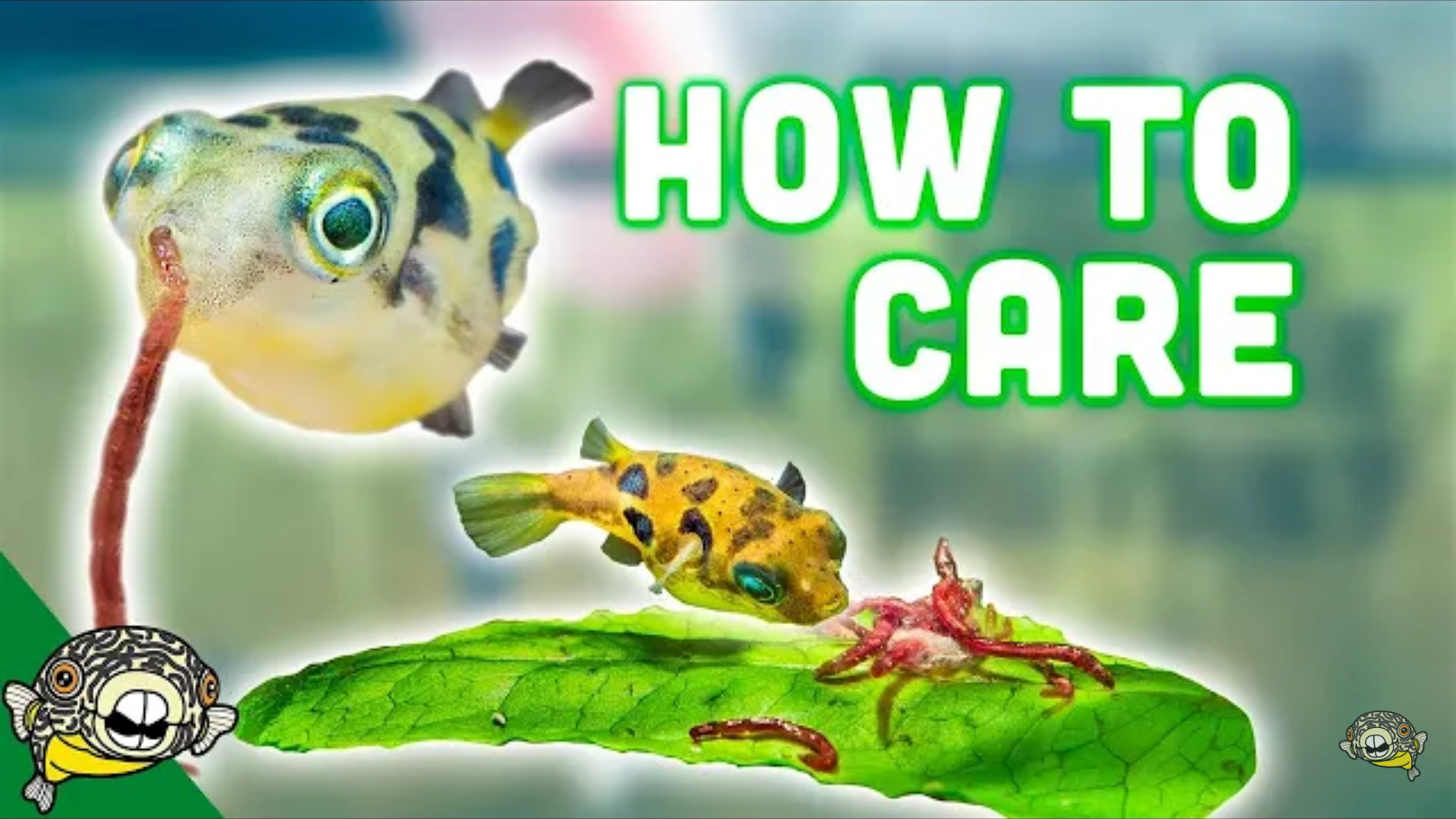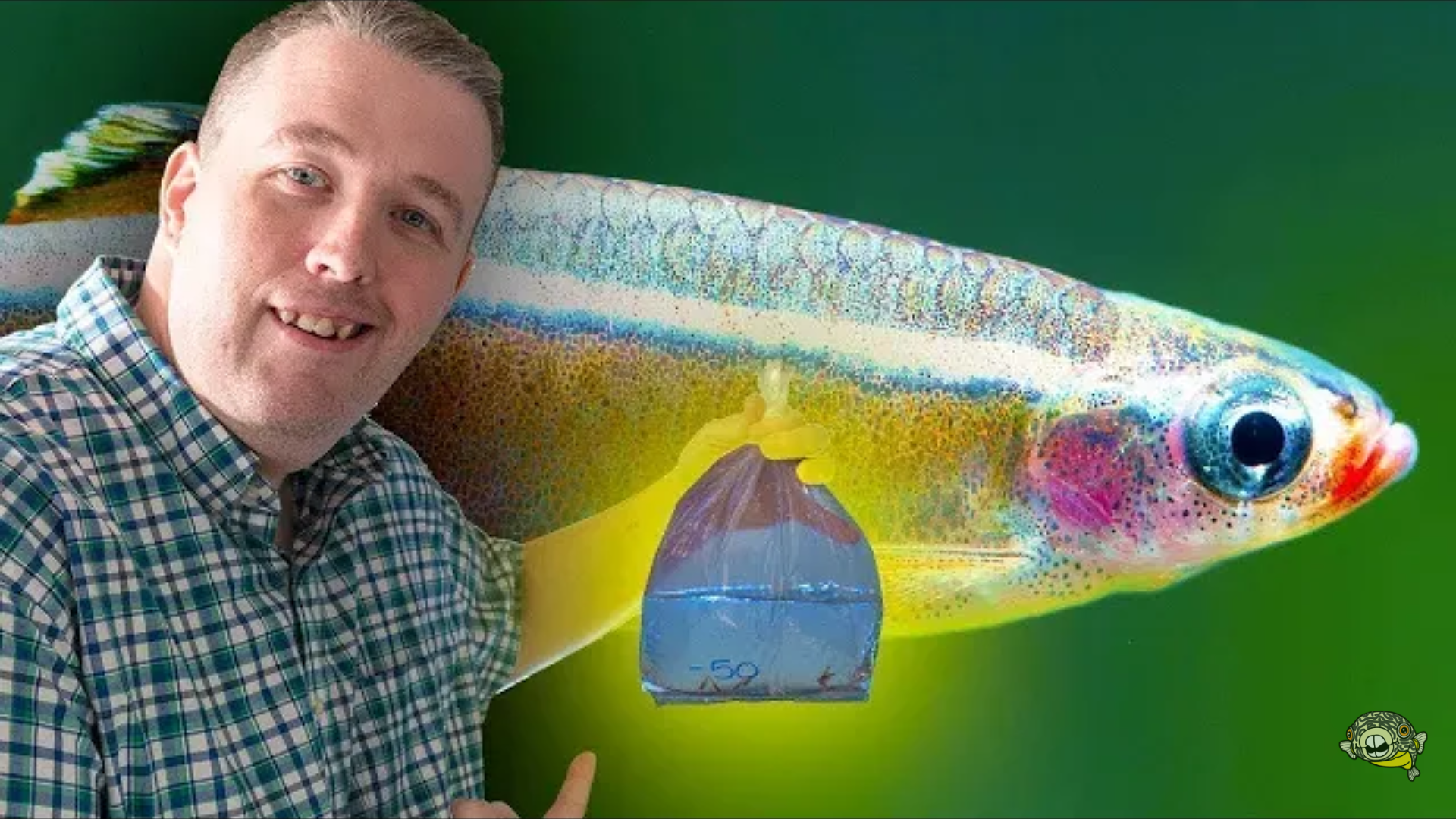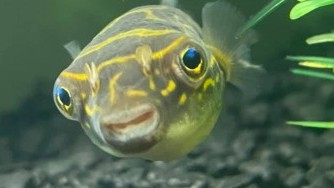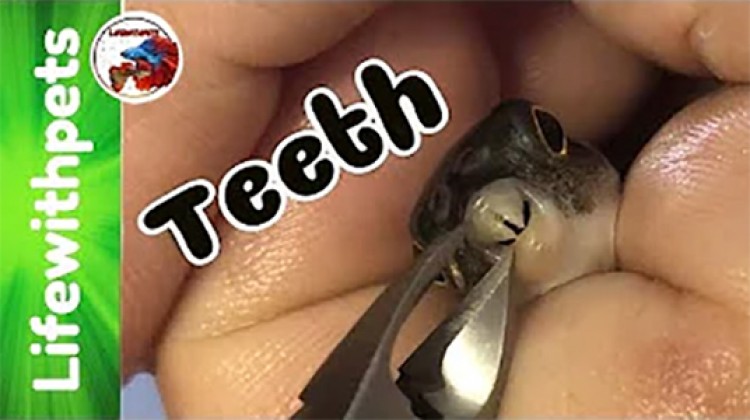- Name:
Spotted Congo Puffer
(View AKA's) - Family: Tetraodontinae
- Species: Puffer
- Scientific Name: Tetrodon schoutedeni
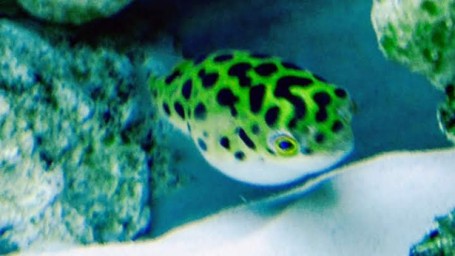

General info about Spotted Congo Puffer
Contrary to common belief puffer fish don’t live just in the saltwater. Spotted Congo Puffer (Tetraodon Schoutedeni) is one of the freshwater puffer species which naturally occurs in Pool Malebo (formerly Stanley Pool) a lake-like widening in the lower reaches of the Congo River system in the Democratic Republic of the Congo. Tetraodon Schoutedeni is the member of the Tetraodontidae family in which shares the similar shape and common physiognomies with other puffer species like torpedo-shaped form with frontally located dorsal fin. Pectoral fins are located very close the gills. Its tail fin is somewhat forked and curved and the anal fin is located on the abdomen which is parallel with dorsal fin. Tetraodontidae which means four teeth is the characteristic of the all puffer fish; their mouth employs four teeth that are strongly attached to the lower and upper jaws. The bite of a Puffer fish is so strong and they are known to bite off humans’ fingers and chew aluminum cans. They use their sturdy teeth to crush shells of mollusks and crustaceans. Like its other relatives Spotted Congo Puffer’s large eyes are capable of moving independently so it serves to add more appeal and character to this fish. Tetraodon Schoutedeni has spots on its body with a brownish background. One of the unique characteristics of the puffer fish is its capability of inflating itself with water or air if it is stressed or startled.
Tetraodon Schoutedeni is sometimes confused with other puffer species. The Spotted Congo Puffer has a distinctive club like shape which could be depicted its tail as the knob with a radical drop from belly to anal fin. The most important difference of Tetraodon Schoutedeni from other puffer species is the backward pointing spines on its belly which could better be seen when the Spotted Congo Puffer inflates itself.
The spotted Congo Puffer grows to about 3.5-6 inches (9 cm) in length depending on sex. As a true freshwater puffer species, it is quite rare in the hobby, probably due to the conflict going on in its native habitat.
To keep these fish in captivity, the aquarium’s water should have a moderate flow and it should be well oxygenated, its pH should be between 6.5 and 7.5 and its temperature should range from 72°F to 79°F. the tank should have a sandy substrate, caves and other hiding places. Does best in heavily planted tank and can be kept with a variety of small peaceful dither fish that won't be in competition for food.
Spotted Congo Puffer Diet & Nutrition
Spotted Congo Puffers feeds on benthic animals that are the organisms who live at the lowest level of a body of water such as worms, snails, mollusks, crustaceans. Unfortunately they mostly would not accept any food that is in form of dried, flake and pellet in the aquarium. It is best to feed them with variety of frozen or live food which is similar to its dietary habits in the wild. If you are willing to offer some live food to your puffer, you should be careful about not to transmit disease and parasite to it. Most aquarists keep small aquatic snails in a separate tank where they breed quickly and can be directly collected for their puffers to munch on. Spotted Congo Puffers have a notorious appetite and they really don’t like to be left hungry so you should be sure that its dietary needs have to be fulfilled thoroughly.
Determining Sex of Spotted Congo Puffer
Spotted Congo Puffers are extremely difficult to sex by visual means but male will be smaller and more streamlined while the female is longer and noticable wider in the hips. Another possible way to tell if it is a female, once it reaches sexual maturity, its abdomen will bulge because of the eggs and release them. The male could be identified while he is chasing and grabbing the female's belly during courtship and guarding the eggs.
Breeding & Spawning Spotted Congo Puffer
Although it is hard achieve, surprisingly Tetraodon Schoutedeni can be bred in home aquaria if its specific requirements are fulfilled. The main problems of breeding the Spotted Congo Puffer are finding a sexually mature pair due difficulties of determining the gender and scarcity of the fish. Unfortunately there is not enough documentation and written experience concerning the breeding of this fish since they are extremely rare in aquarium hobby. As a general rule, each puffer needs about 20 gallons of space so breeding tank should be at least 40 gallons (150 Lt) heavily planted for a pair. Prior to breeding the pair should be to be fed heavily with snails and other high quality live or frozen foods. When they are ready to breed, male starts to court with female, he would try to latch on to her belly (without opening a wound). After he bit her he will stay attached to her until she tires and he tgrt her to a specific place where he wants the eggs deposited than he pushes for the eggs out of the female. The male will guard the clutch from any intruder seriously. The fry would hatch in four-five days and could be seen swimming freely. The Spotted Congo Puffer fries need to be feed couple of times a day to be able survive. Infusoria is the beat choice for the beginning, as they grew up bite size should be increased.
Common Diseases with Spotted Congo Puffer
Spotted Congo Puffer is susceptible to diseases that can be seen any fish but they are keen to catch freshwater ich, bacterial infection and internal parasites. Since most specimen are wild caught it is of the utmost importance to deworm your spotted Congo puffer no exceptions. Due to their messy consuming tendency the water parameters should be kept under control by adequate filtration and water changes. A complete continuous diet which consist of variety of live and frozen foods would help your puffer keep healthy.
Spotted Congo puffer "teeth" will continue to grow during its entire life, like all puffer, although growth is not as fast as with other species. Therefore it is unlikely but possible that their teeth may need to be trimmed. This is an extremely dangerous procedure and requires an expert to perform.
Spotted Congo Puffer Origin
This species is native to the Democratic Republic of Congo
Acclimating Spotted Congo Puffer
Water temperature: 22°C - 26°C (72°F - 79°F)
pH range: 6.5 - 7.5; dH range: 10 - 20.
Ammonia/Nitrite: 0 ppt
Nitrate: 10-20 ppt
Original Detail
| Name | Species | Family | Scientific Name | More Detail | Added by |
|---|---|---|---|---|---|
| Spotted Congo Puffer | Puffer | Tetraodontinae | Tetrodon schoutedeni | Contrary to common belief puffer fish don’t live just in the saltwater. Spotted Congo Puffer (Tetraodon Schoutedeni) is one of the freshwater puffer species which naturally occurs in Pool Malebo (formerly Stanley Pool) a lake-like widening in the lower reaches of the Congo River system in the Democratic Republic of the Congo. Tetraodon Schoutedeni is the member of the Tetraodontidae family in which shares the similar shape and common physiognomies with other puffer species like torpedo-shaped form with frontally located dorsal fin. Pectoral fins are located very close the gills. Its tail fin is somewhat forked and curved and the anal fin is located on the abdomen which is parallel with dorsal fin. Tetraodontidae which means four teeth is the characteristic of the all puffer fish; their mouth employs four teeth that are strongly attached to the lower and upper jaws. The bite of a Puffer fish is so strong and they are known to bite off humans’ fingers and chew aluminum cans. They use their sturdy teeth to crush shells of mollusks and crustaceans. Like its other relatives Spotted Congo Puffer’s large eyes are capable of moving independently so it serves to add more appeal and character to this fish. Tetraodon Schoutedeni has spots on its body with a brownish background. One of the unique characteristics of the puffer fish is its capability of inflating itself with water or air if it is stressed or startled. Tetraodon Schoutedeni is sometimes confused with other puffer species. The Spotted Congo Puffer has a distinctive club like shape which could be depicted its tail as the knob with a radical drop from belly to anal fin. The most important difference of Tetraodon Schoutedeni from other puffer species is the backward pointing spines on its belly which could better be seen when the Spotted Congo Puffer inflates itself. The spotted Congo Puffer grows to about 3.5-6 inches (9 cm) in length depending on sex. As a true freshwater puffer species, it is quite rare in the hobby, probably due to the conflict going on in its native habitat. To keep these fish in captivity, the aquarium’s water should have a moderate flow and it should be well oxygenated, its pH should be between 6.5 and 7.5 and its temperature should range from 72°F to 79°F. the tank should have a sandy substrate, caves and other hiding places. Does best in heavily planted tank and can be kept with a variety of small peaceful dither fish that won't be in competition for food. |
Gokhan MERMERTAS |


